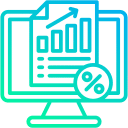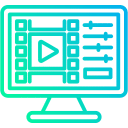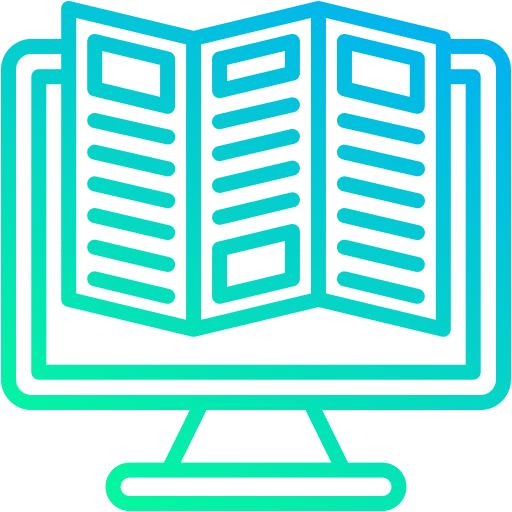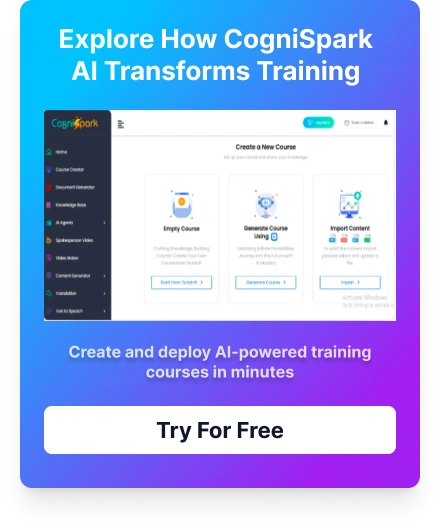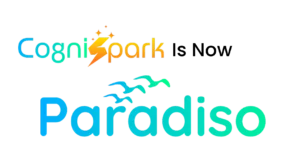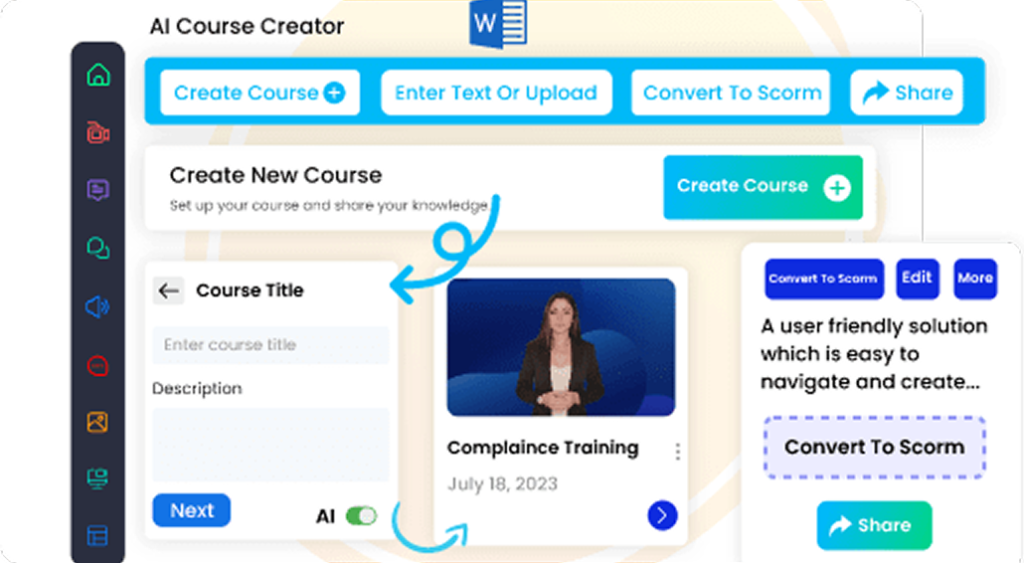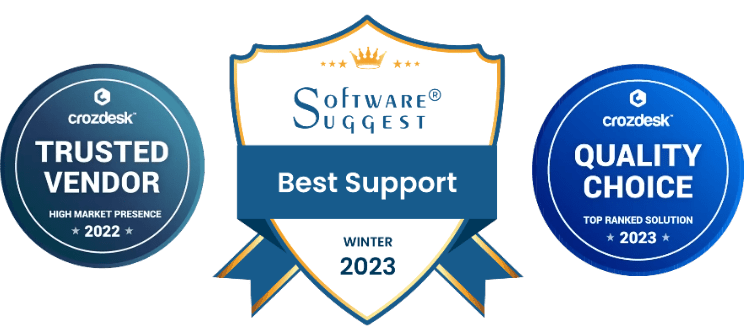In today’s fast-paced business world, creating a career development plan for employees is essential for employee retention, motivation, and business growth. A well-designed career development plan not only benefits employees but also enhances the organization’s ability to develop a highly skilled and engaged workforce. In this guide, we will explore the step-by-step process of how to create a career development plan for employees, its importance, and how it drives employee growth and organizational success.
Why Career Development Plans Are Important for Employees
A career development plan for employees helps to align individual goals with organizational objectives. When employees see a clear path for growth and development, they are more likely to remain engaged, satisfied, and committed to the company. The importance of a career development plan for employees goes beyond mere skill development; it fosters a culture of continuous learning, boosting morale, performance, and retention rates.
A well-structured career development plan:
- Increases employee engagement and retention rates.
- Encourages professional growth and upskilling.
- Aligns personal goals with company objectives.
- Boosts employee morale and job satisfaction.
- Fosters a culture of continuous learning and growth.
How to Create a Career Development Plan for Employees
Crafting an effective career development plan for employees involves several key steps. These steps ensure that both the employee’s aspirations and the company’s needs are taken into account. Below is a simple framework to guide you through the process:
Step 1: Assess Current Skills and Strengths
Before creating a career development plan, you must understand where the employee currently stands in terms of skills and performance. This can be achieved through self-assessments, manager feedback, peer reviews, and performance appraisals. Assessing current skills allows both the employee and employer to have a clear understanding of strengths and areas for improvement.
Key Actions:
- Conduct self-assessments to encourage employee introspection.
- Gather feedback from managers and peers to understand the employee’s strengths.
- Review past performance appraisals to identify areas for growth.
Step 2: Set Clear Career Goals
A successful career development plan is built on clear, measurable goals. Help your employee define short-term and long-term career aspirations. Short-term goals might include mastering new tools or technologies, while long-term goals could focus on promotions or leadership roles. Ensure that these goals are SMART (Specific, Measurable, Achievable, Relevant, and Time-bound).
Key Actions:
- Encourage the employee to set clear and actionable goals.
- Ensure goals are aligned with organizational objectives and employee aspirations.
- Break down larger goals into smaller, manageable milestones.
Step 3: Identify Skills and Competencies Needed
Once career goals are established, the next step is identifying the skills and competencies the employee needs to acquire in order to reach those goals. These skills could range from technical skills to leadership and soft skills. Provide employees with the resources and tools to close any skill gaps, including training, mentorship, or coaching programs.
Key Actions:
- Identify the key skills and competencies needed for each career goal.
- Provide relevant resources such as courses, seminars, or mentorship programs.
- Regularly track progress to ensure skill gaps are being addressed.
Step 4: Create an Action Plan
With clear goals and a list of required skills, it’s time to develop an action plan. The action plan should outline the steps the employee will take to achieve their goals. Include timelines, resources, and regular check-ins to track progress. The action plan should be dynamic, allowing adjustments along the way based on progress or changing business priorities.
Key Actions:
- Develop an action plan with specific steps, timelines, and resources.
- Incorporate regular check-ins and feedback sessions.
- Adjust the plan as needed to accommodate changes in goals or circumstances.
Step 5: Provide Regular Feedback and Support
Career development is a continuous process. Provide regular feedback to employees, recognizing achievements and suggesting areas for further development. Regular check-ins ensure the employee remains motivated and engaged in their growth journey. Encouragement, support, and constructive feedback will help employees stay on track and improve their performance.
Key Actions:
- Schedule regular one-on-one meetings to provide feedback and support.
- Recognize accomplishments and encourage employees to keep progressing.
- Adjust career development plans as needed to reflect evolving needs.
Discover how our courses can align with your training goals and drive real results.
Learning Built Around Your Goals.
Schedule A DemoBenefits of a Career Development Plan for Employees
Career development plans have numerous benefits for both employees and employers. For employees, a clear roadmap fosters motivation, enhances job satisfaction, and opens doors to new opportunities. For employers, it ensures a more skilled and loyal workforce, aligning individual and company objectives.
- Employee Retention: Employees who feel supported in their career development are less likely to leave the company.
- Increased Engagement: Employees are more motivated to succeed when they have a clear career path.
- Enhanced Skill Set: Employees develop new skills that benefit both them and the organization.
- Better Succession Planning: Career development plans ensure a pipeline of talent for future leadership roles.
Additional Strategies to Enhance Career Development Plans
While the steps provided above offer a strong foundation for career development planning, incorporating the following strategies can help make the process even more effective:
1. Encourage Cross-Departmental Learning
Encouraging employees to gain experience in different departments can broaden their skill set and improve their understanding of the business. By providing opportunities to collaborate with teams outside their usual roles, employees can learn valuable insights into other aspects of the organization and develop a more well-rounded perspective.
2. Incorporate Coaching and Mentoring
Coaching and mentoring play an essential role in a successful career development plan. A mentor provides guidance and shares wisdom based on experience, which can greatly accelerate an employee’s growth. Furthermore, mentoring helps foster stronger relationships and a sense of loyalty within the organization.
3. Make Use of Digital Tools and Learning Platforms
Digital platforms and learning management systems (LMS) can enhance the career development process by providing employees with access to courses, resources, and real-time feedback. Leveraging technology allows organizations to offer scalable and personalized learning opportunities for all employees.
How can CogniSpark AI help you?
Creating a career development plan for employees is more than a checklist—it’s a strategic investment in long-term engagement, productivity, and talent retention. A well-structured career plan helps employees visualize growth within the organization, align personal goals with business objectives, and acquire the right skills to move forward with confidence.
With CogniSpark AI, organizations can streamline and elevate this process. Its intelligent AI Tutor offers personalized learning paths based on each employee’s role, interests, and future aspirations—ensuring development is not only structured but also meaningful. The AI Tutor also provides real-time feedback, nudging learners toward opportunities that match their evolving skill sets.
Using the built-in authoring tool, HR and L&D teams can design customized development modules aligned with individual career tracks—whether that’s leadership, technical mastery, or cross-functional mobility. These modules can include goal-setting frameworks, mentorship programs, soft skills development, and performance check-ins.
CogniSpark AI also integrates with existing HR and LMS platforms, enabling seamless tracking of progress, goal achievement, and readiness for advancement. From new hires to high-potential employees, CogniSpark makes it easy to support career progression at every stage.
Conclusion
Creating a career development plan for employees is a powerful tool for personal and professional growth. By following the steps outlined in this guide, you can build a plan that empowers employees, aligns their goals with your organization’s objectives, and fosters long-term success. Not only will this result in a more motivated and skilled workforce, but it will also ensure that your business remains competitive in a constantly evolving market.
Take the time to invest in your employees’ growth today, and watch them thrive in their careers, ultimately driving the success of your business.
Access 100+ fully editable, SCORM-compatible courses featuring an integrated AI Tutor and an in-built authoring tool. Seamlessly compatible with any LMS, these courses are designed to elevate your training programs.
Explore Our eLearning Course Catalog




